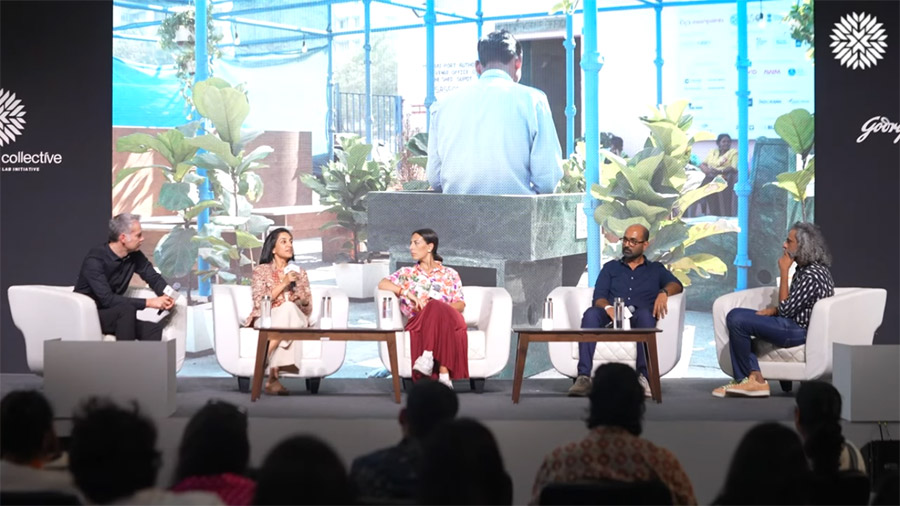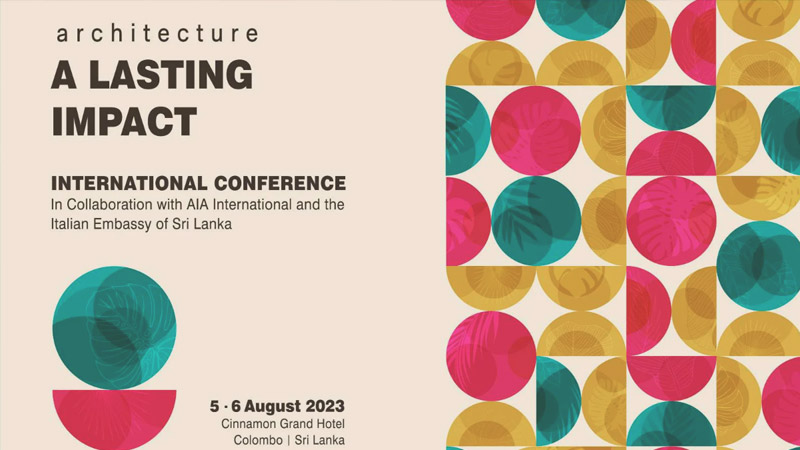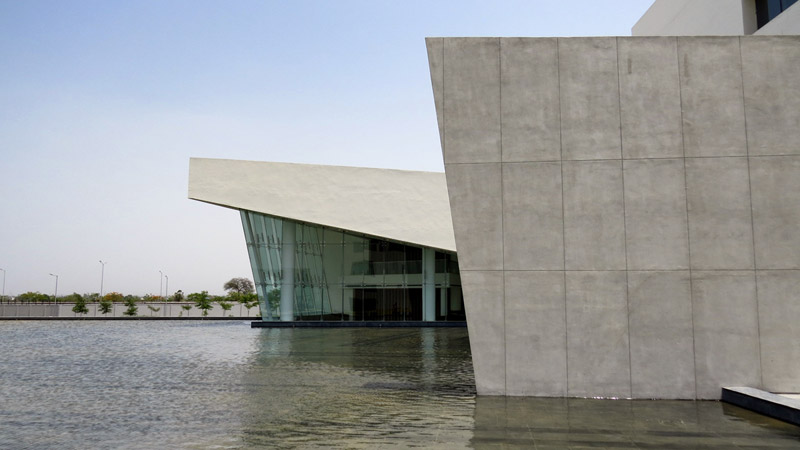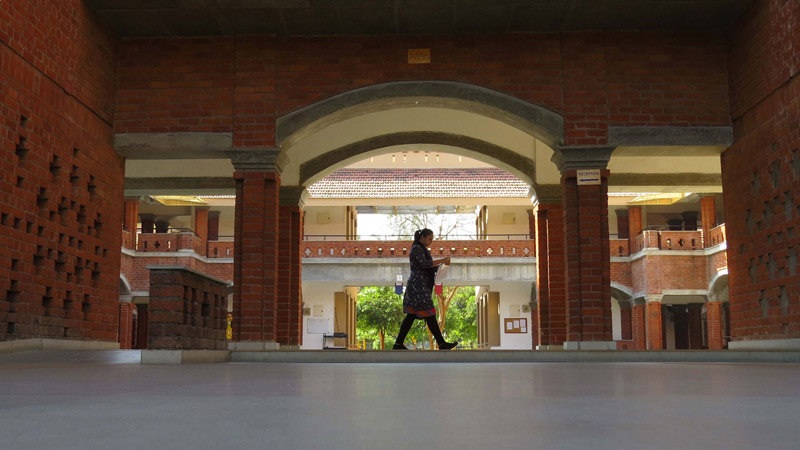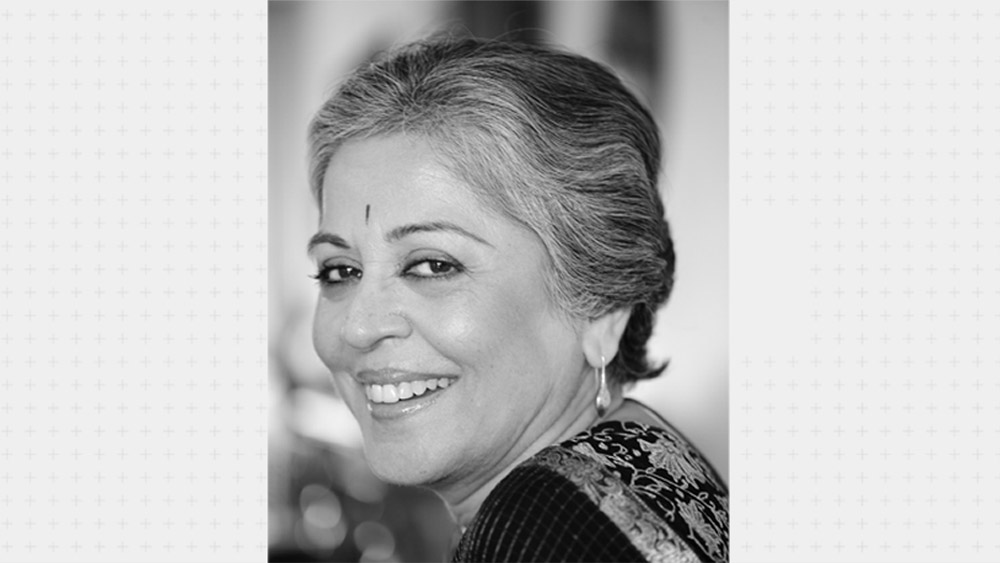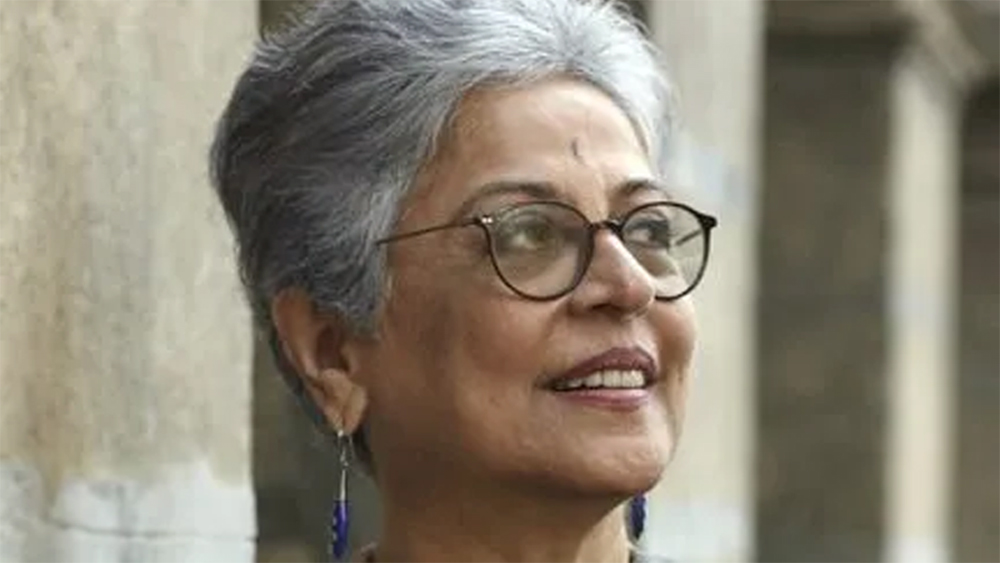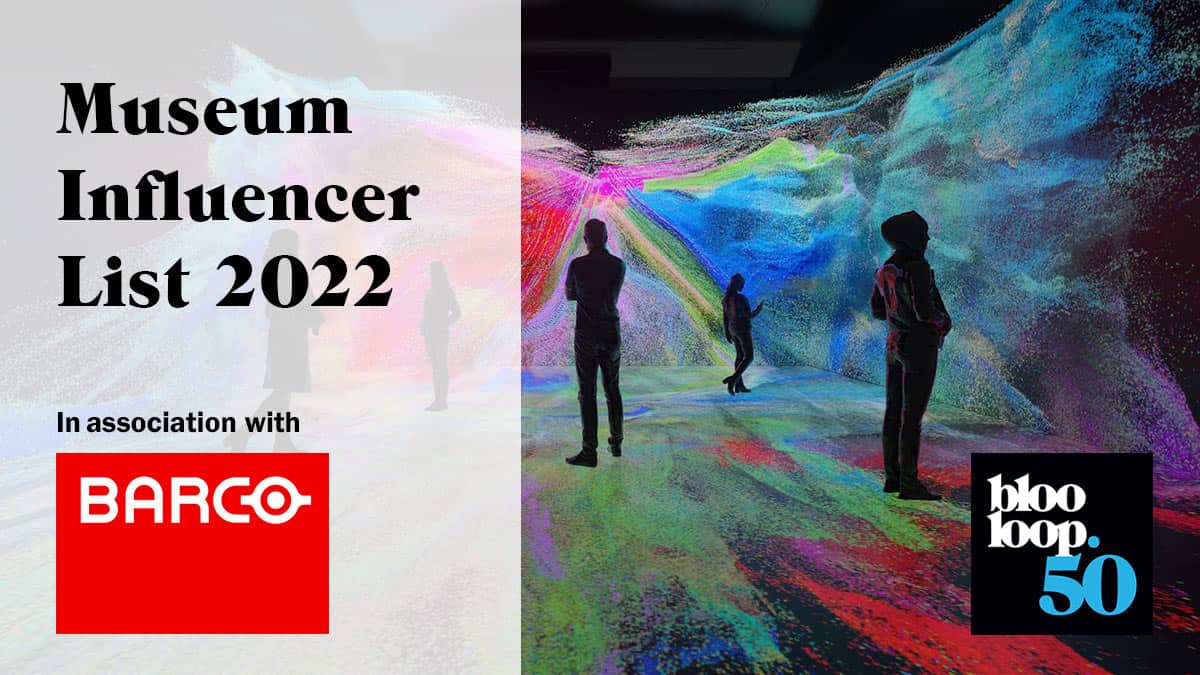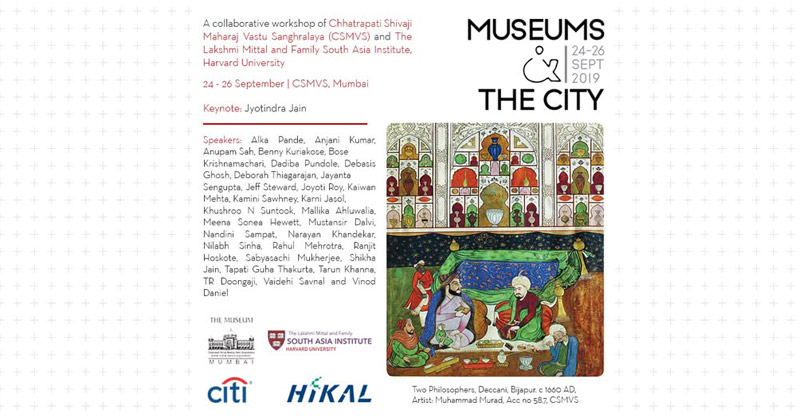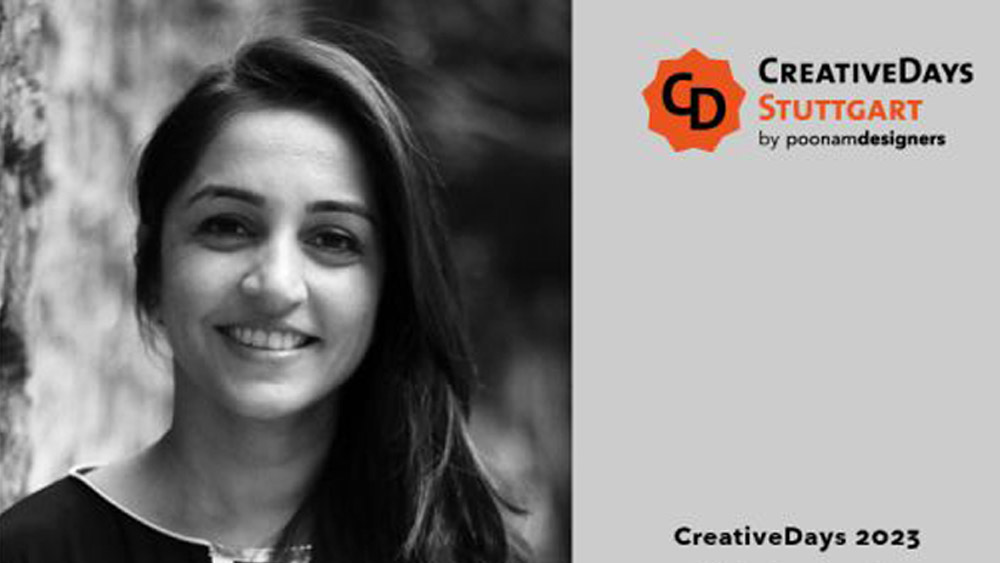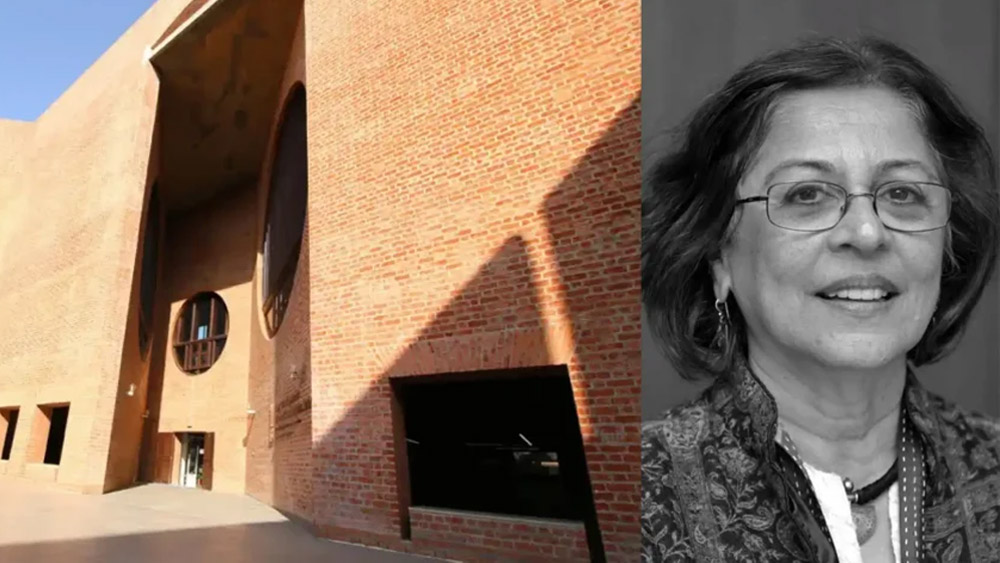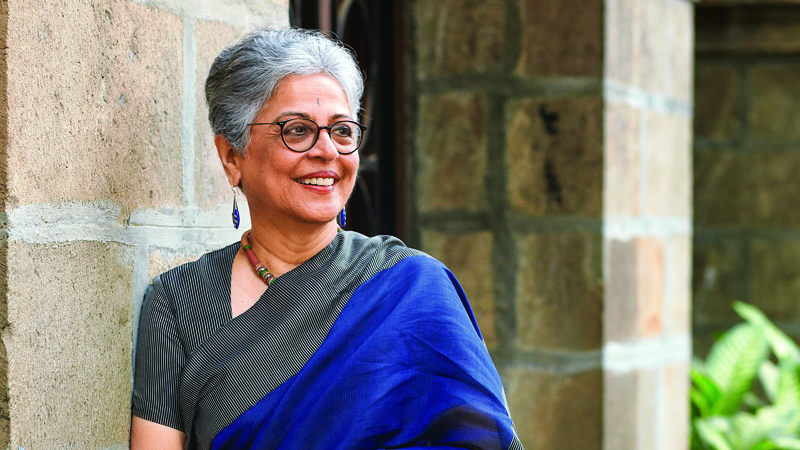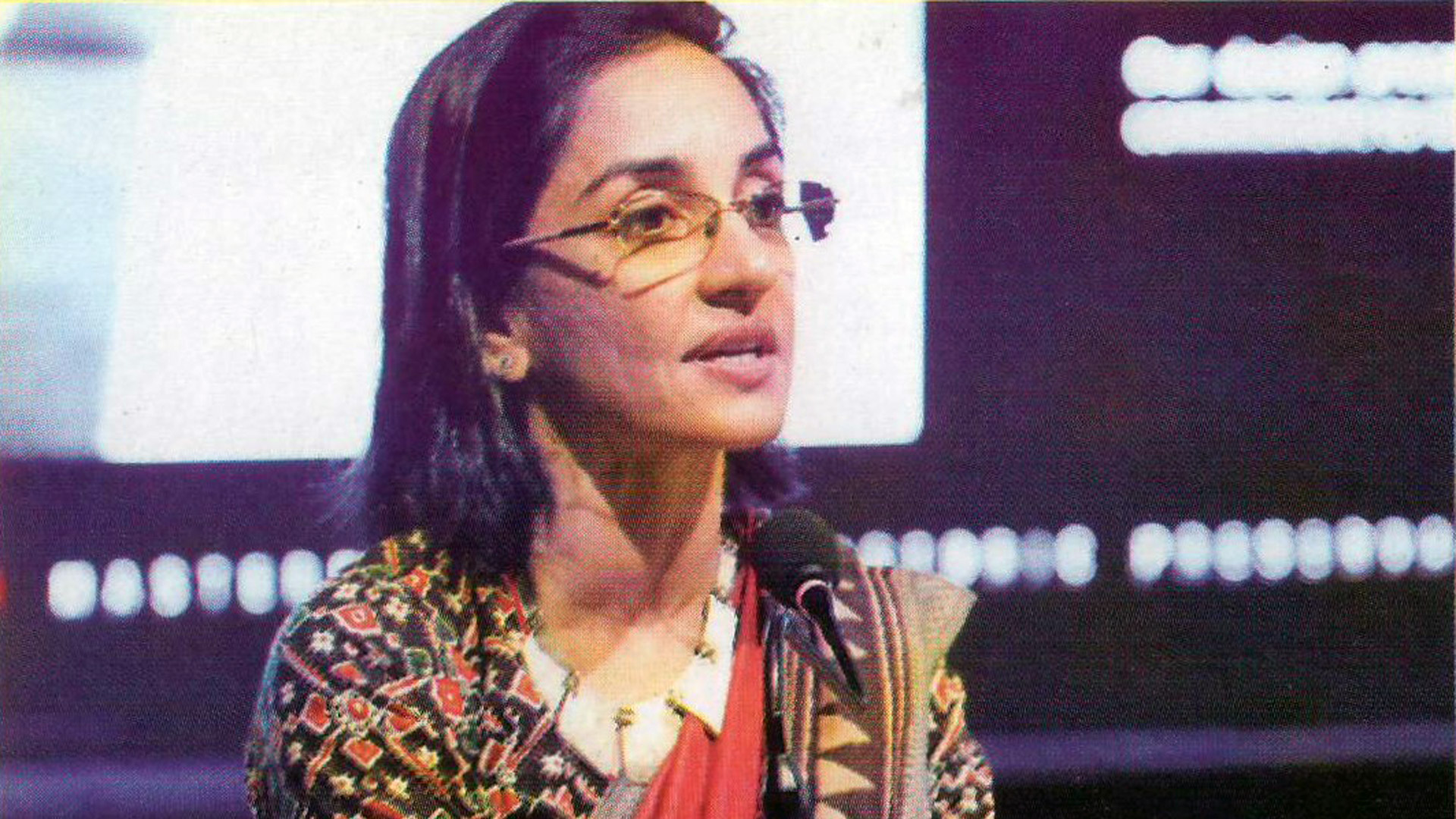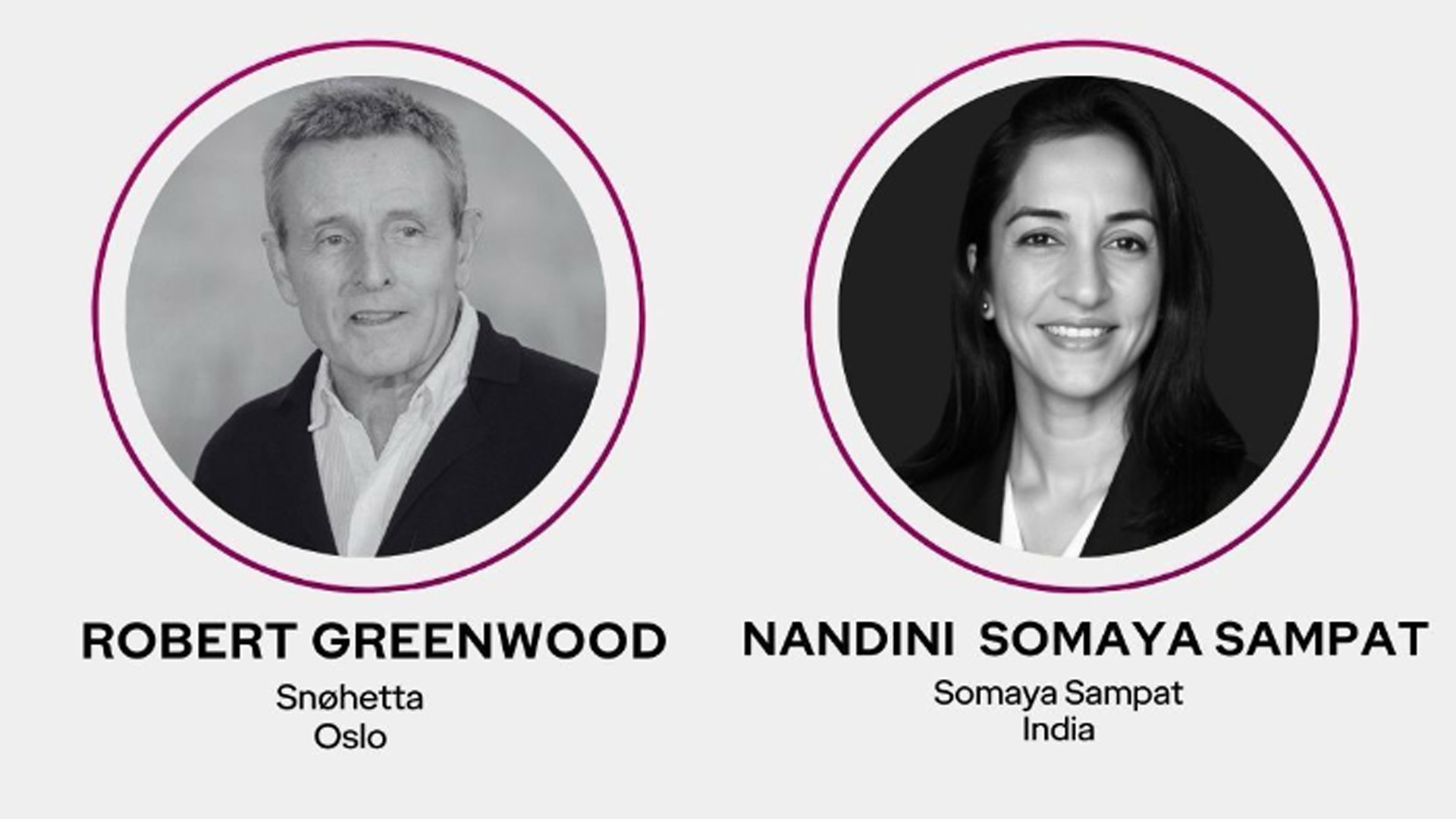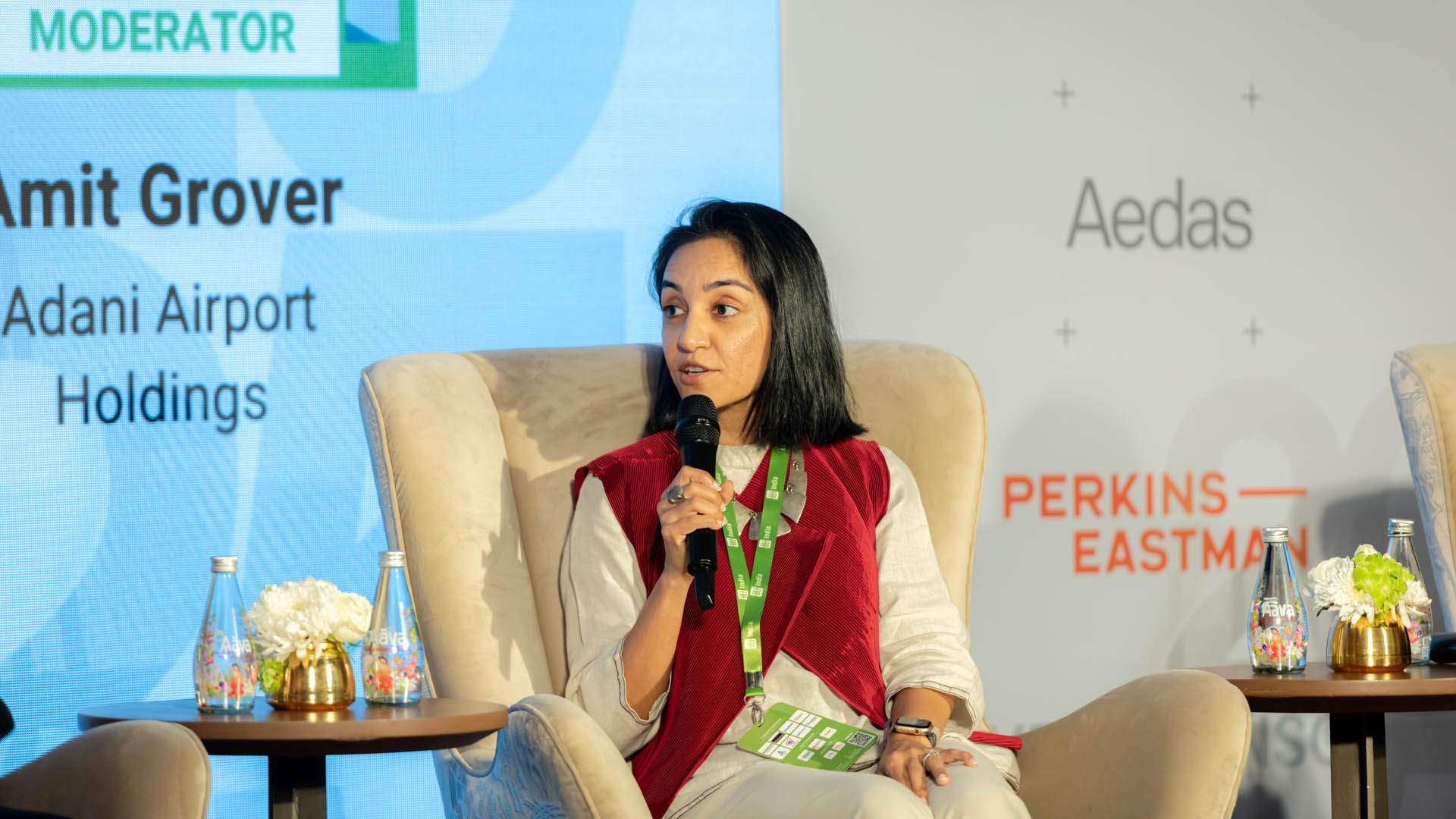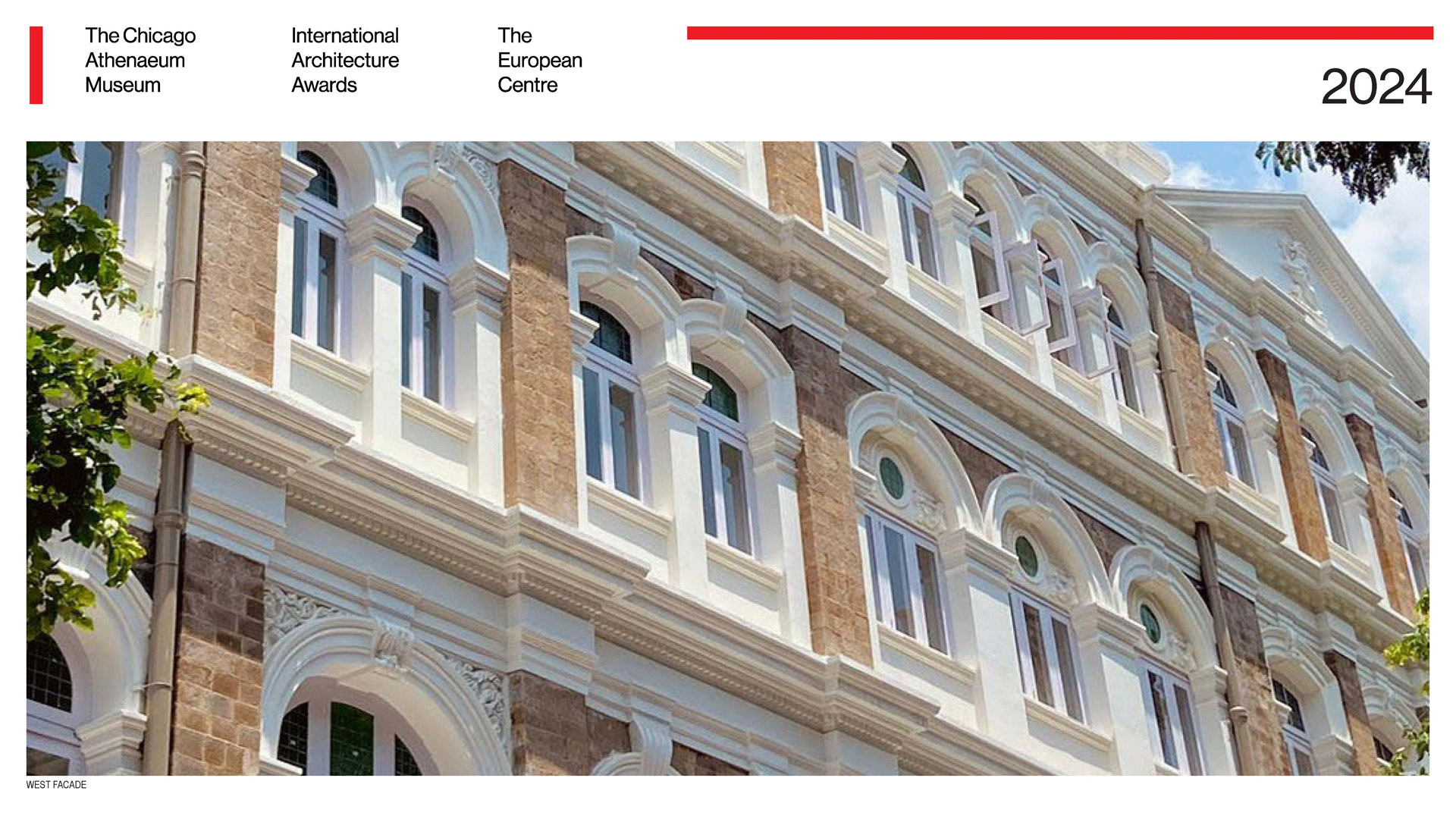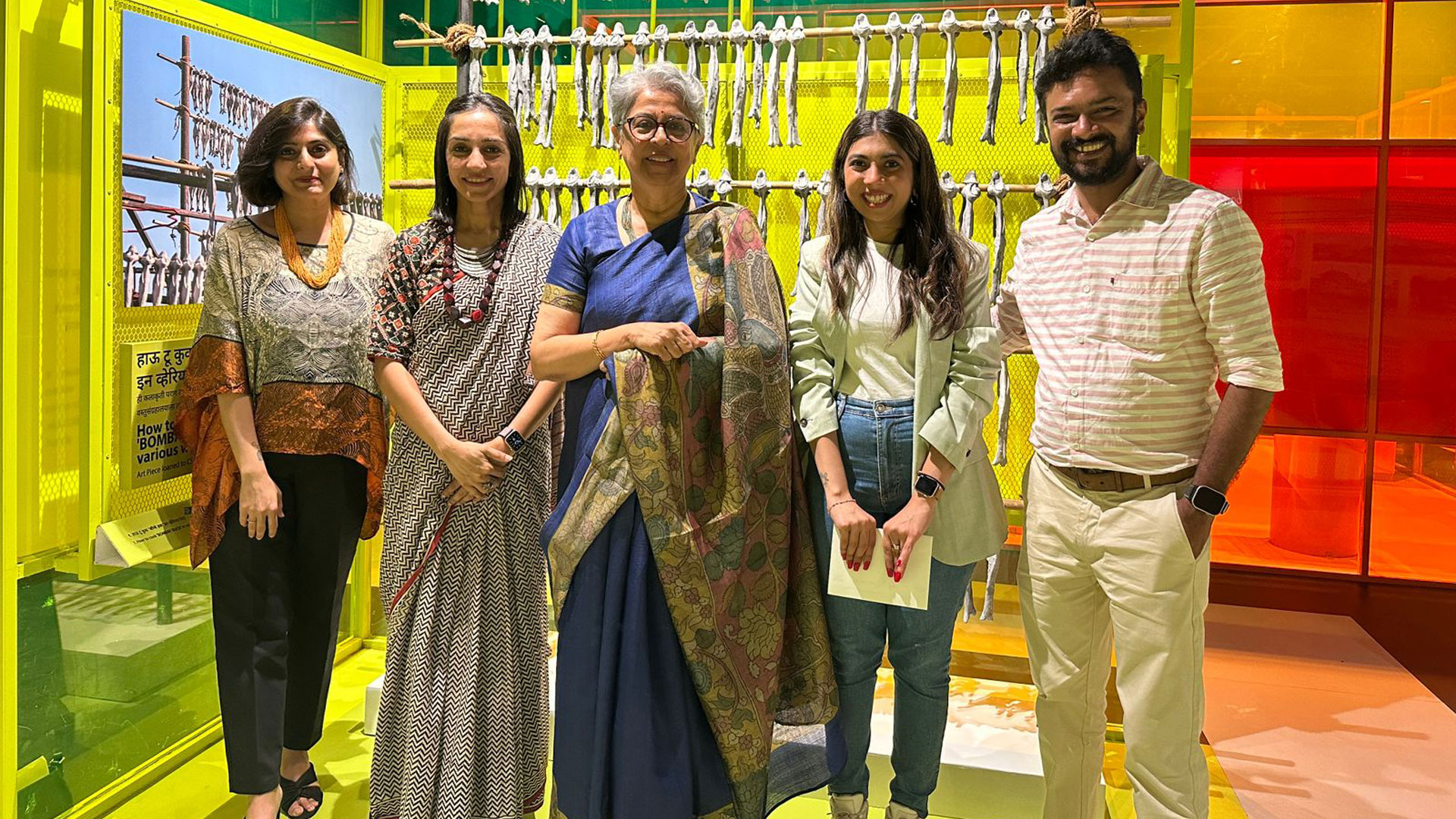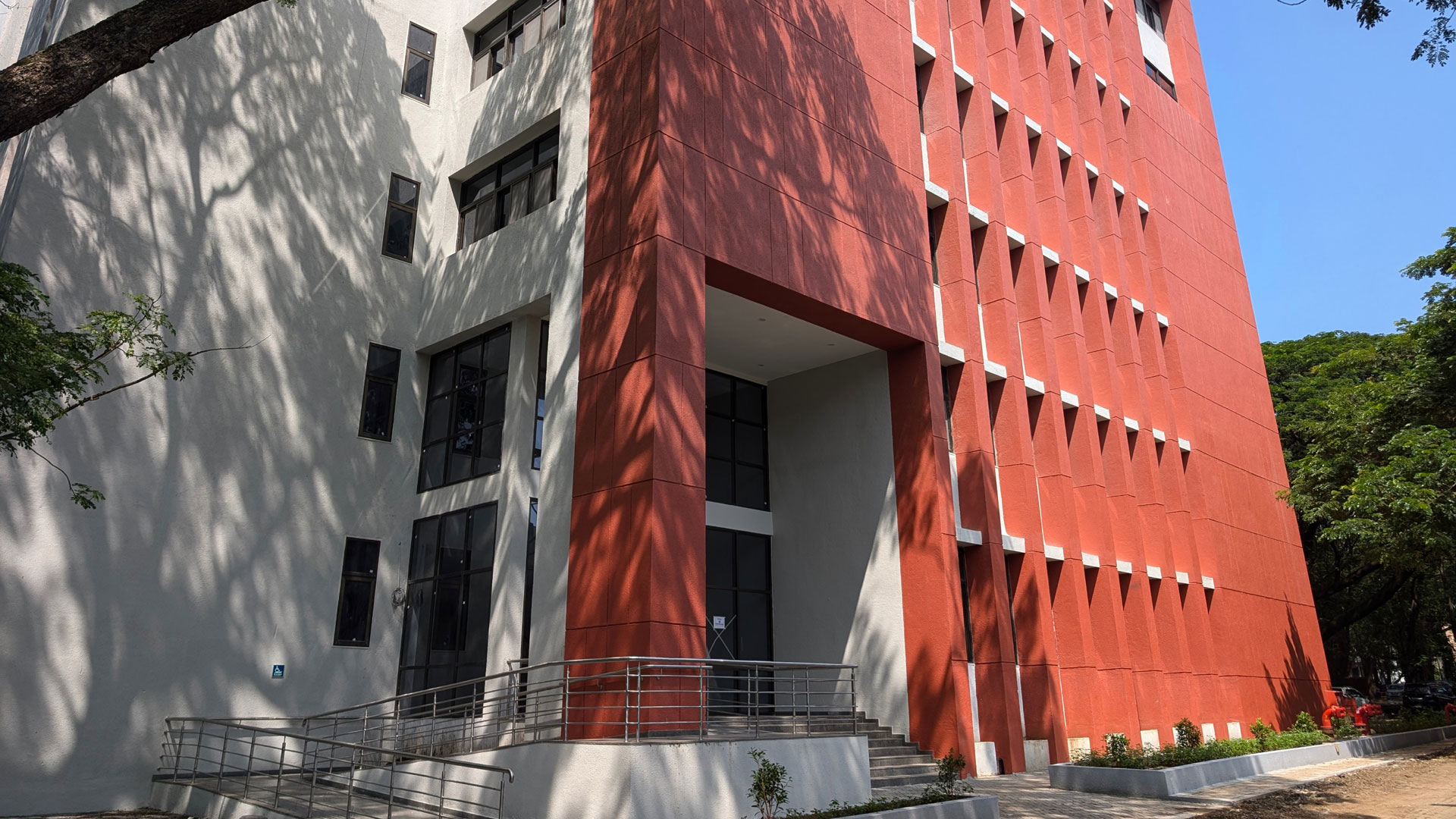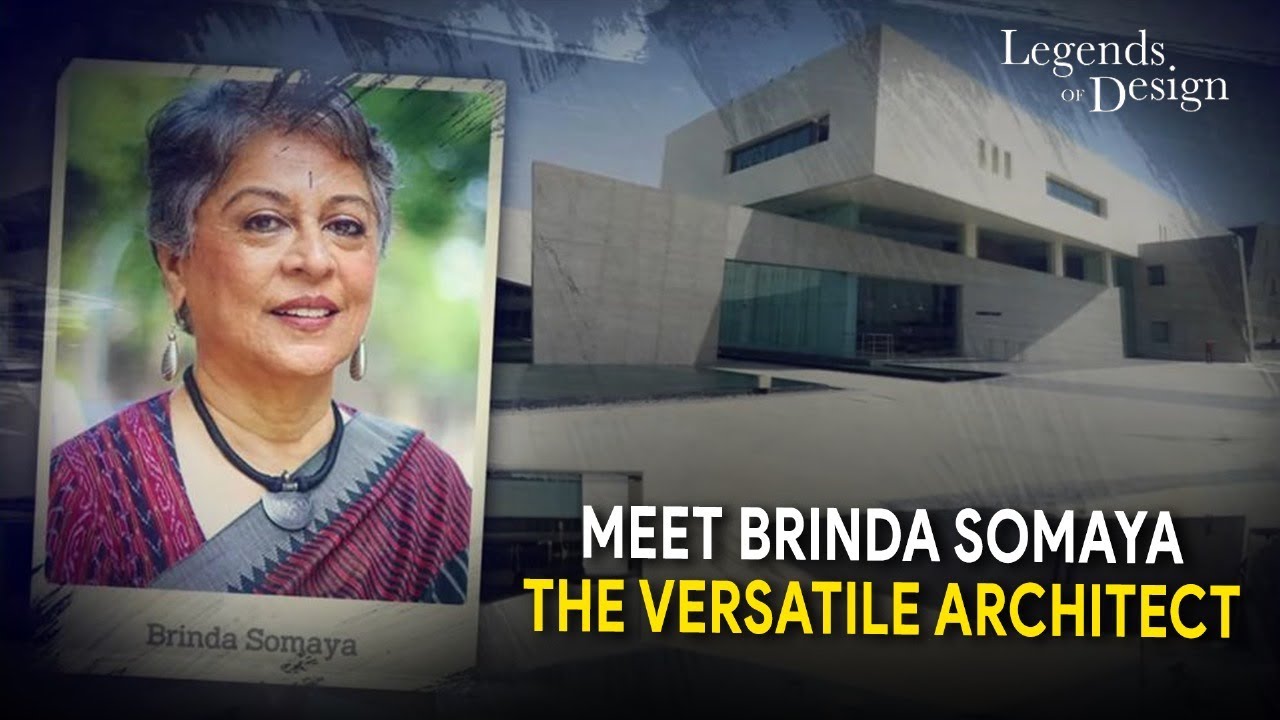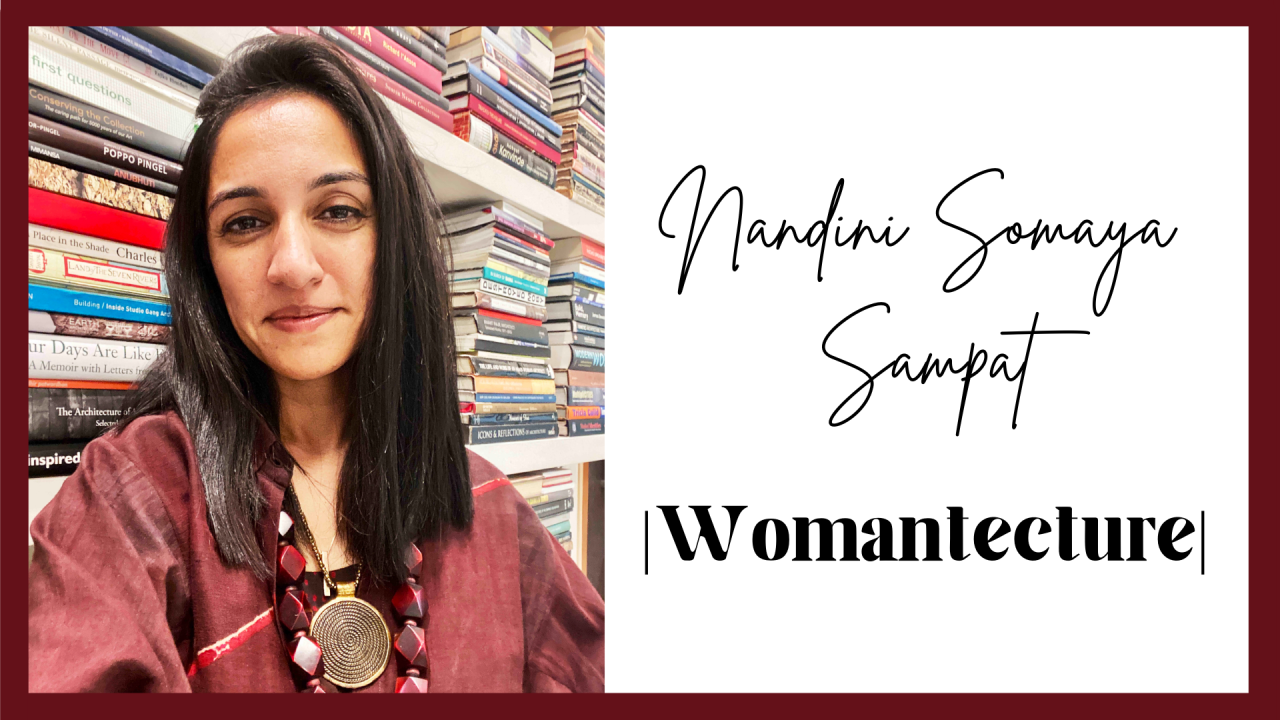-
 MumbaiMumbai Gallery "The People of Mumbai" - CSMVS
MumbaiMumbai Gallery "The People of Mumbai" - CSMVS
Capturing the Spirit of Mumbai and its people
Embarking on its 100th year in 2022, CSMVS established the Mumbai Gallery, celebrating the people of Mumbai and its rich history. The exhibition, 'People of Mumbai', is curated as a collective that embodies the spirit of the city.
Drawing from the works, stories, dreams, and lives of its diverse citizens, the exhibition spans a wide range of voices and experiences. It highlights the creativity, passion, resilience, commitment, and courage of individuals who have come together in this unique geographical space to co-exist and thrive.
LOCATION
Mumbai, Maharashtra
SITE AREA
2,443 sq.ft.
YEAR OF COMPLETION
2024

To narrate the story of People of Mumbai, a collective narrative was created, weaving together the past, present, and potentially the future of the city's inhabitants. The exhibition space is divided into four sections: Mayanagri, City of Opportunity, City of Migrants, and City of Cosmopolitanism.
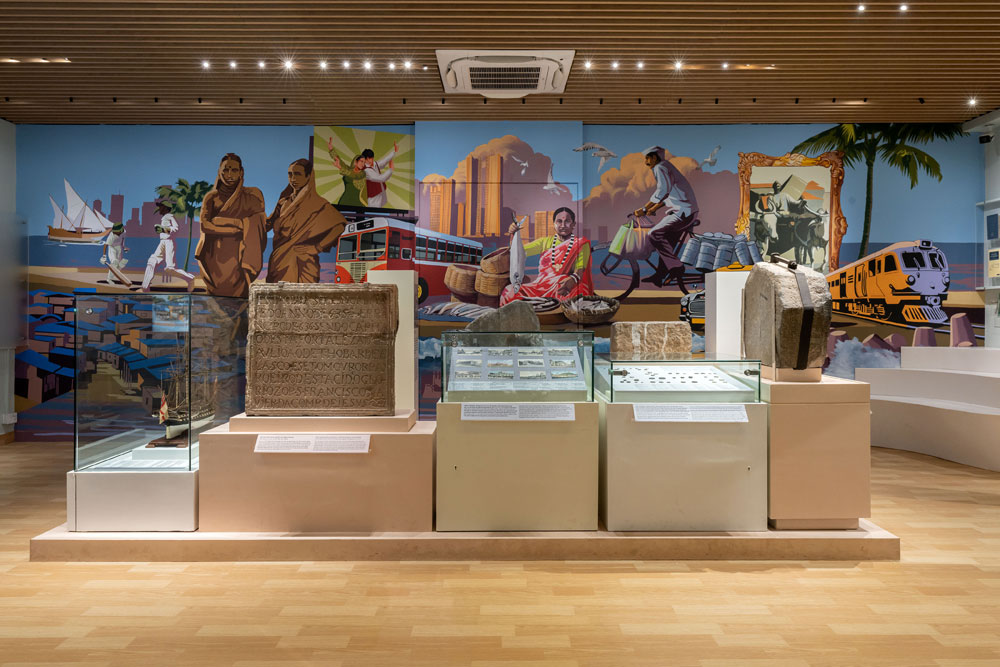
The space begins with a timeline showcasing Mumbai's evolution over the years. The mural by XXL Labs, along with the coins and postcards at the entrance, invites users to embark on an exploration of this vibrant metropolis
Further into the space, visitors are transported to 'Mayanagri,' a section that highlights how the city is built on dreams. The installations here capture the daily activities of Mumbai, both on a smaller and larger scale.

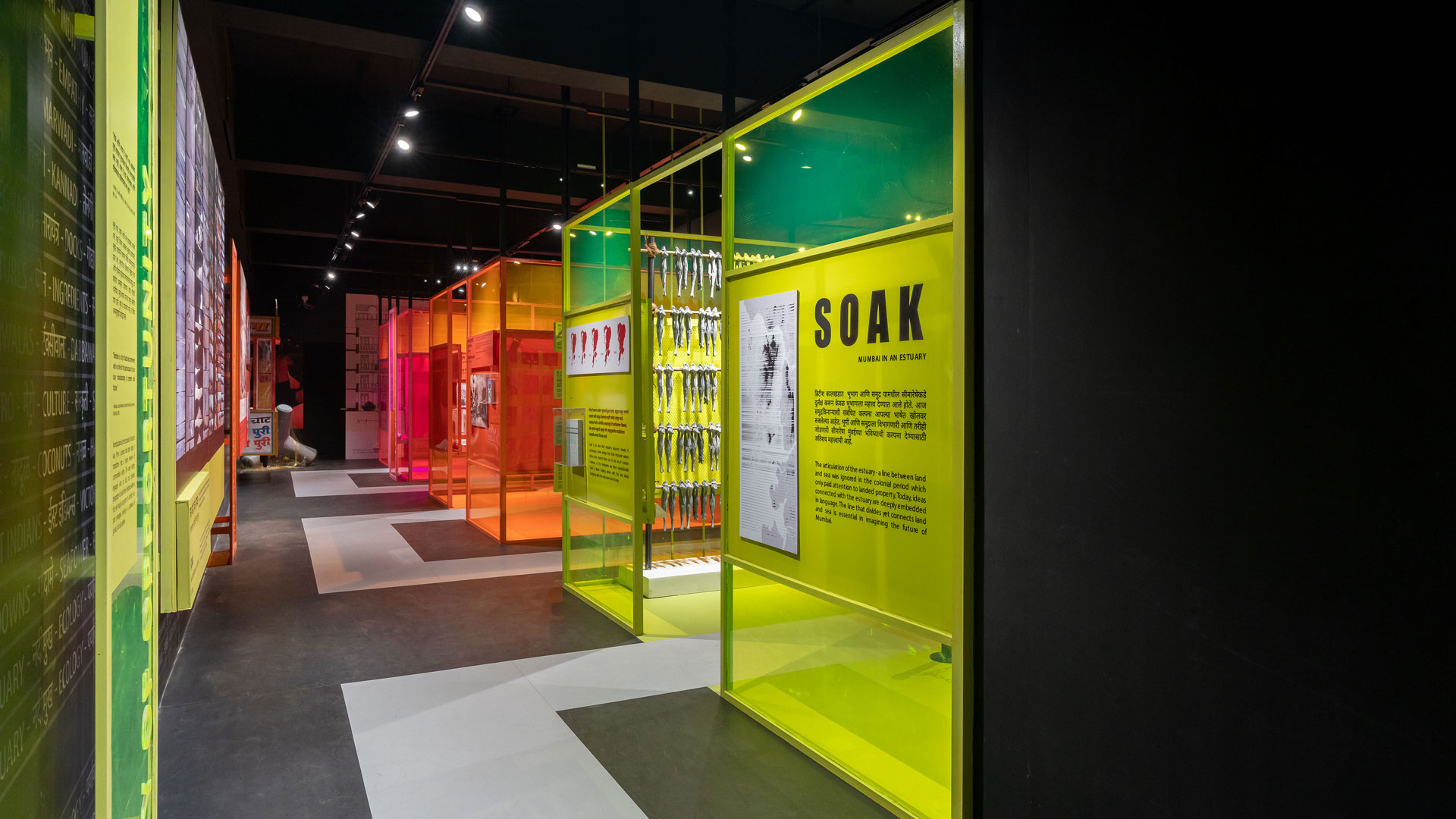
The exhibition design for the gallery aimed to capture the essence of the city and its people – the color, the vibrancy, the density, the sensory overload, and the ordered chaos. The backdrop is neon and energized, seamlessly woven with the various stories of the collective.
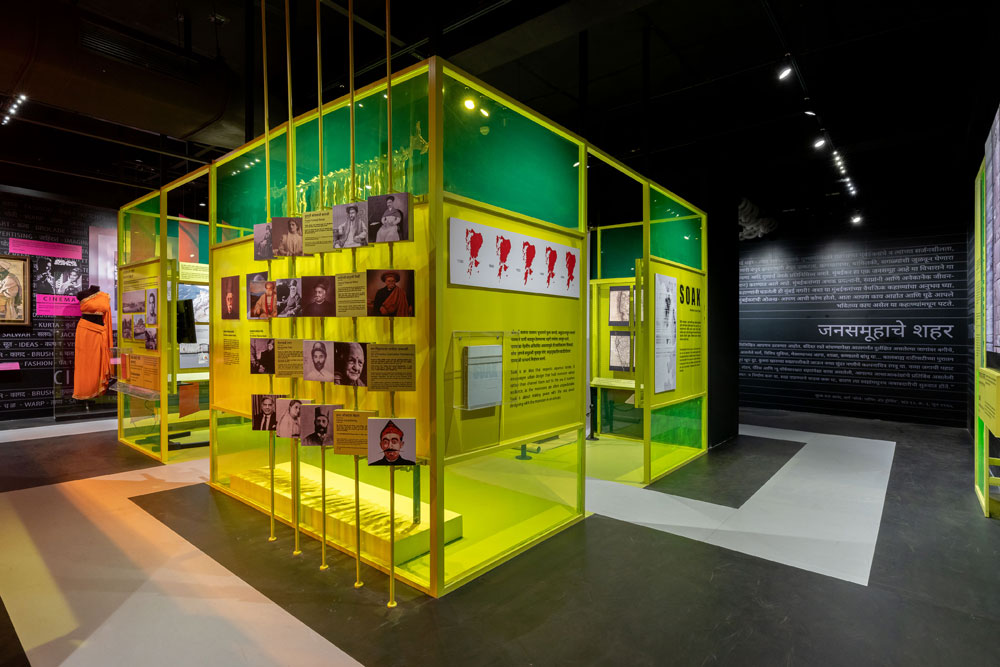
The first of the three major spaces in the gallery is 'A City of Opportunity.' It highlights the city's geographical location, emphasizing its porous and open edge, which allows it to constantly transform.
The exhibits in this area tell the story of how the first settlers engaged with Mumbai’s fluid and dynamic geography to build their livelihoods within a rich yet fragile ecosystem. The story of how Mumbai's identity as a port began to take shape, serving as a gateway for both goods and people is witnessed here.
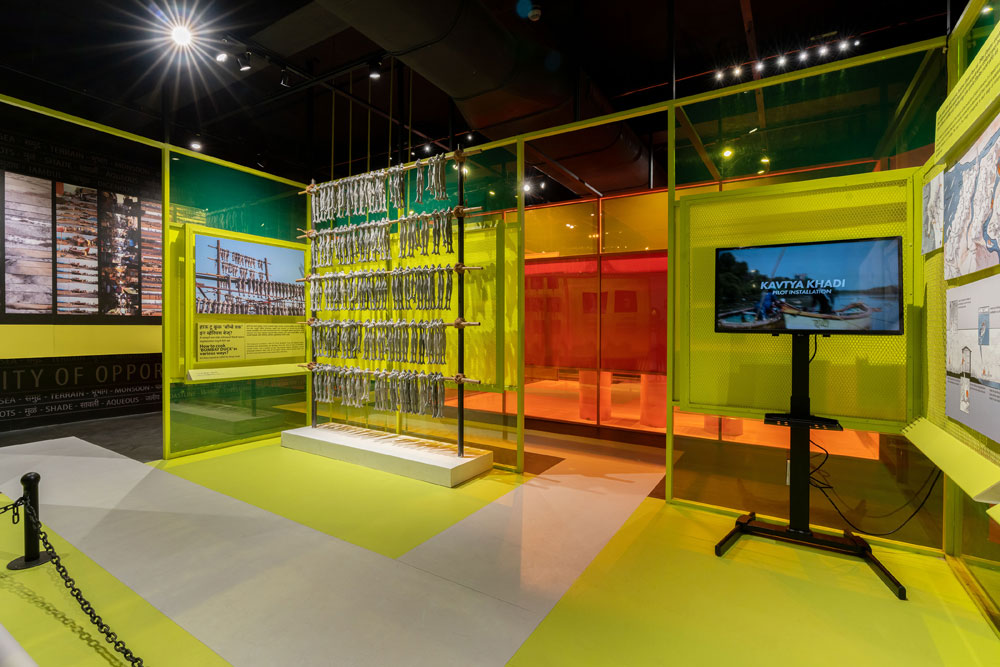

By the 18th century, Bombay experienced an influx of migrants from various parts of the country, escaping famines and seeking social mobility. The next section, titled 'A City of Migrants,' delves deeper into the story of Mumbai's people.
The exhibits in this section showcase the diverse social composition of the city, which contributed to the rise of innovation, productivity, entrepreneurship, community, and trade. They highlight how Bombay gave everyone the opportunity to lay down their roots and build the city together.
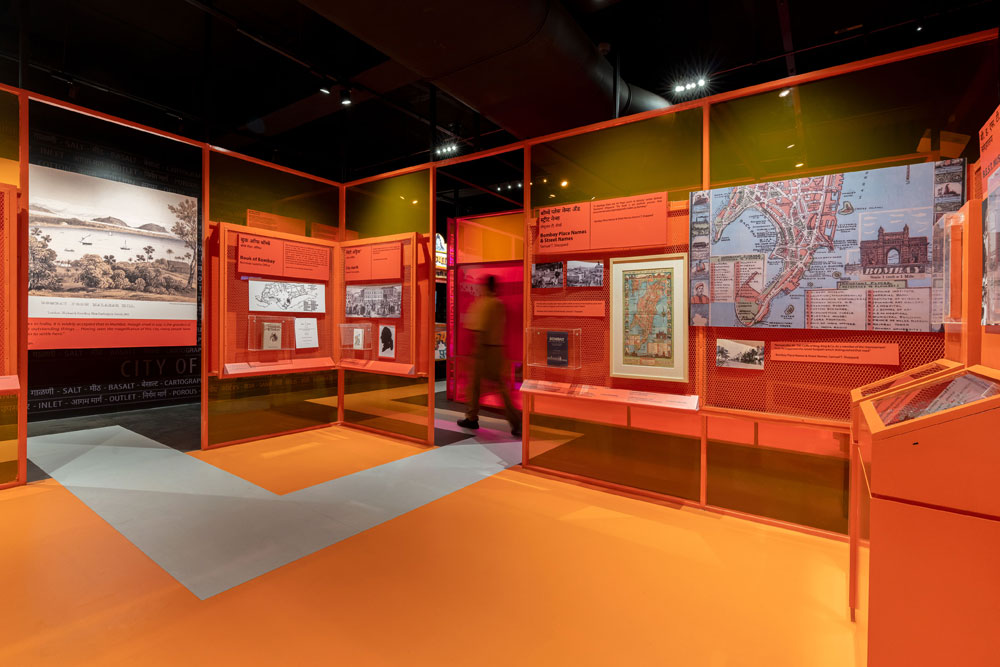
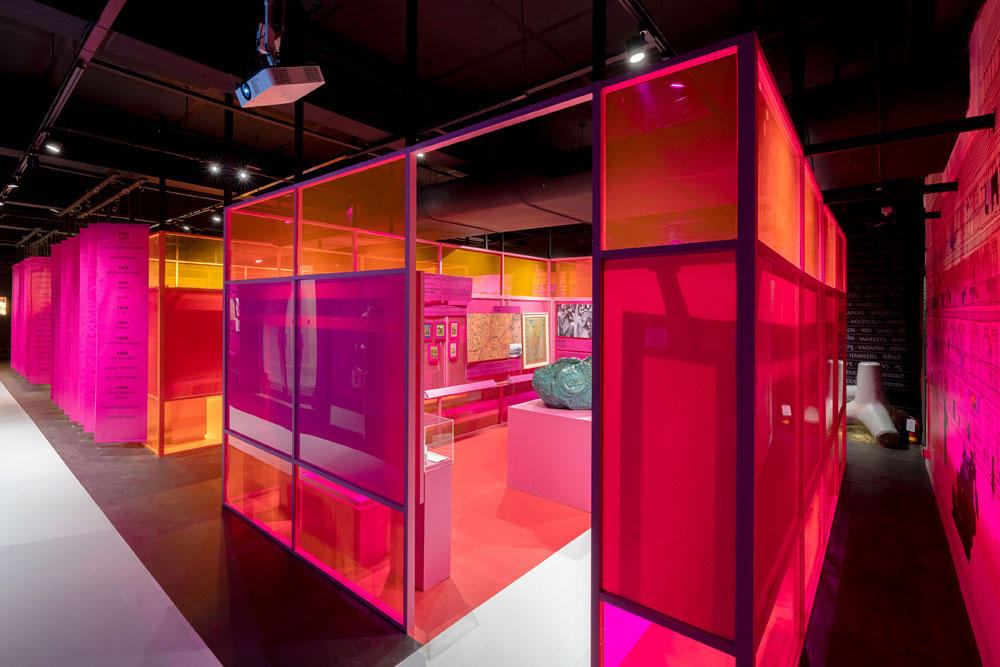
The mill workers and Girangaon played a pivotal role in shaping the metropolis of Bombay, influencing its culture, economy, politics, architecture, and urban space in numerous ways. The final section of the exhibition, 'A City of Cosmopolitanism,' highlights the economic aspects of Bombay.
The economic drivers of the city—such as the story of the mills and their workers, the rise of cotton and textiles, and the film industry, particularly Bollywood—are showcased here. The exhibition also reflects the diverse cultural milieu that emerged through Bombay's textiles and cinema, shaped by the cosmopolitan nature of the city and its global audience.
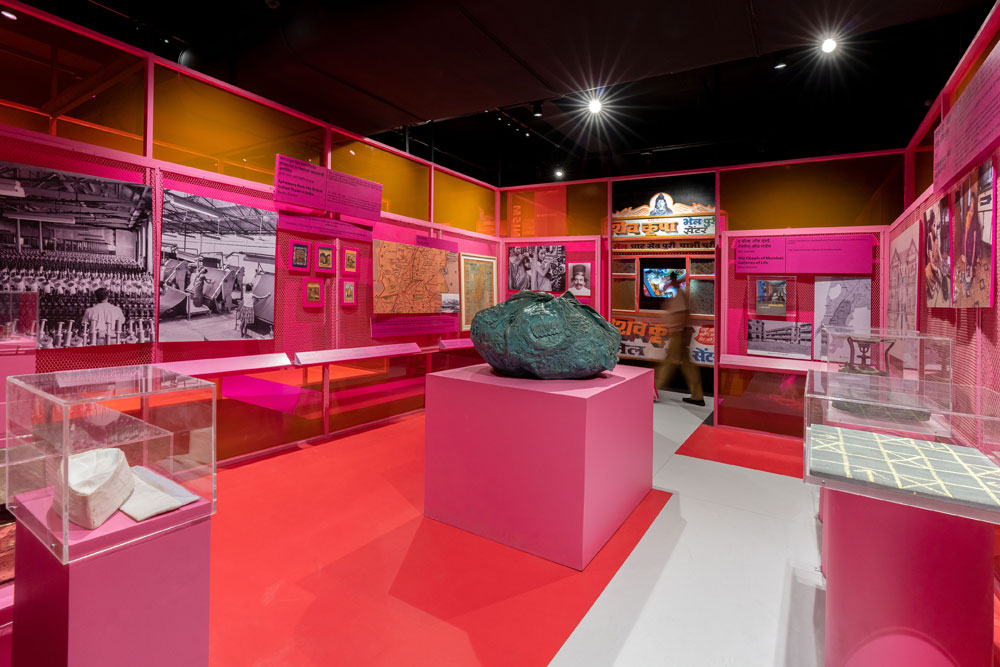
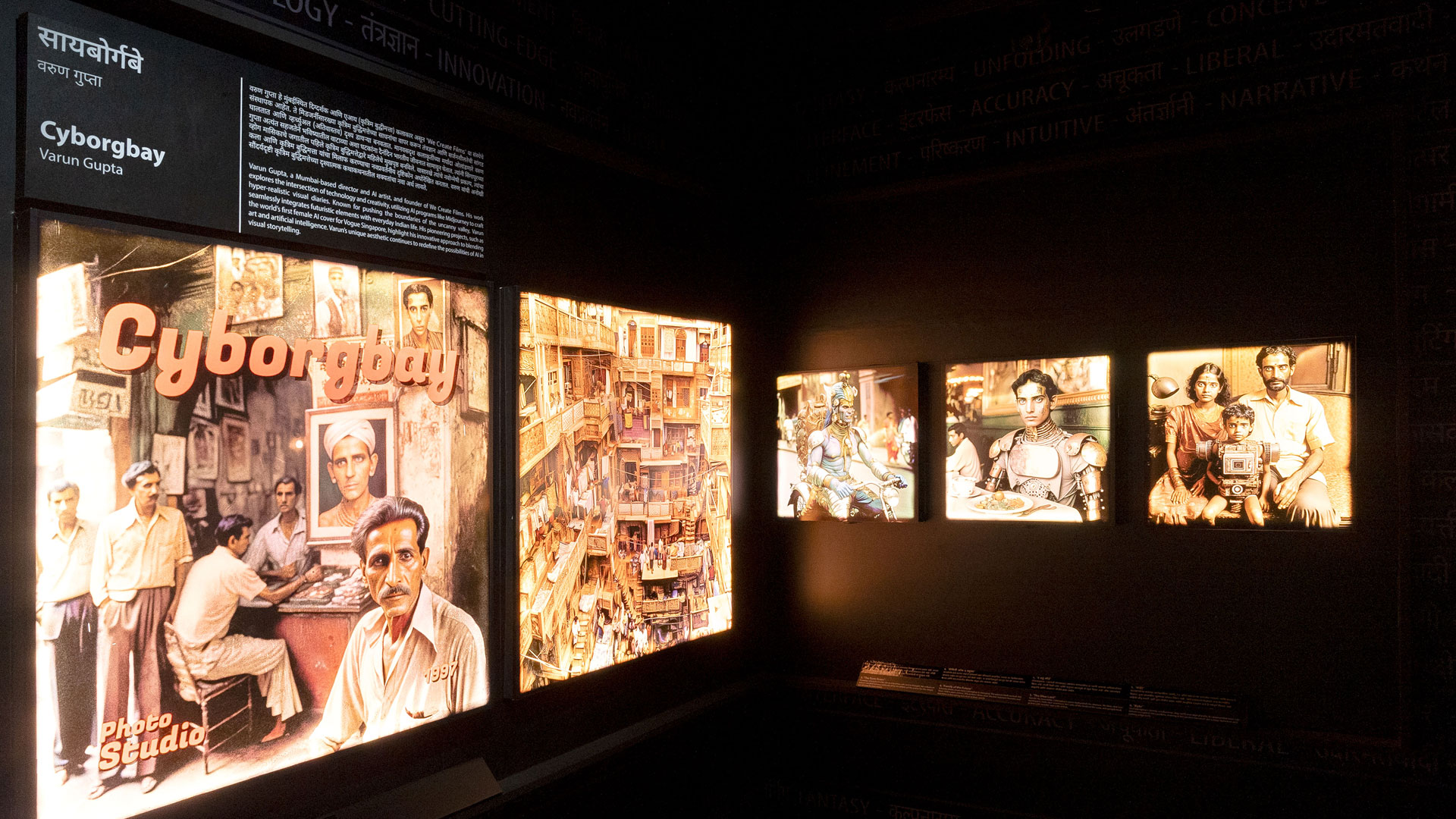
Imagining what Mumbai will look like in the years to come, this section shows the Cyborgbay. A hypothetical city of Bombay using AI with cyborgs and robots – revealing a new door of possibilities for the people of Mumbai
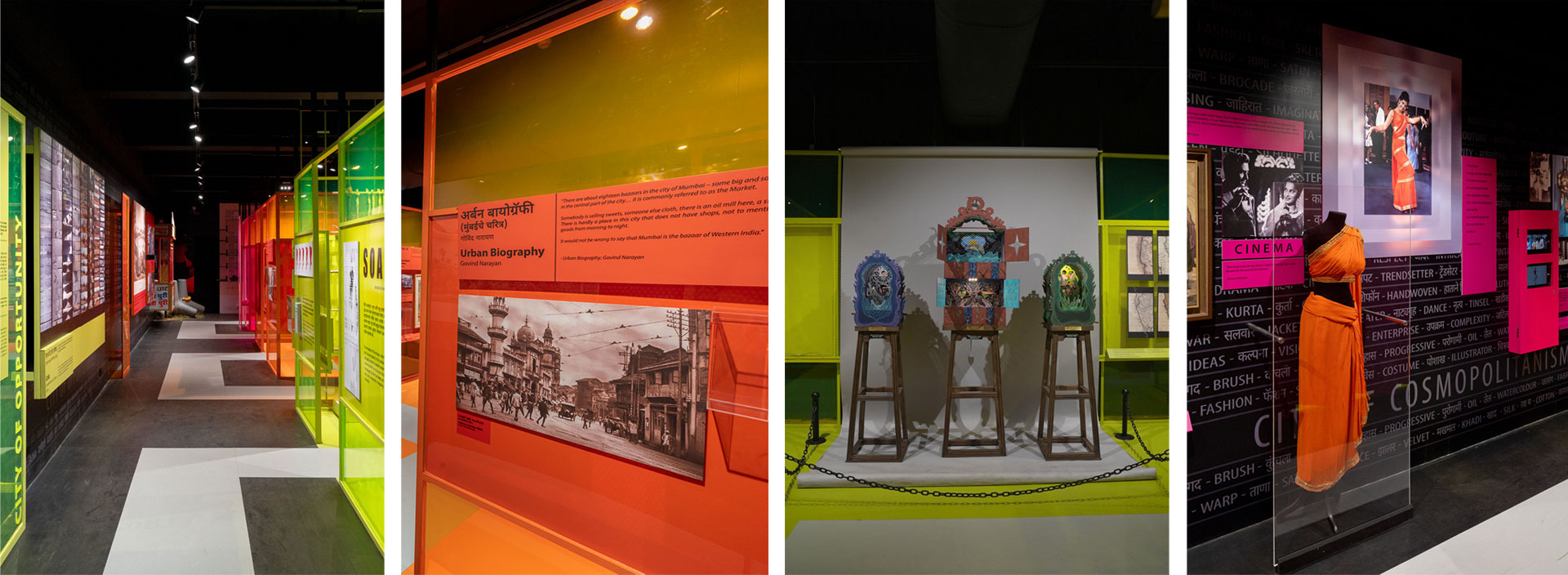
Each person of Mumbai has a story. Every story is part of the fabric that forms the city. As the journey concludes in the gallery one exits back into Mayanagri. The city that never sleeps, with its local trains rumbling like a constant heartbeat and the taste of vada pav on every corner. Each individual leaves their unique impression with their story and cumulative layering of these stories is the story of Mumbai and its people.

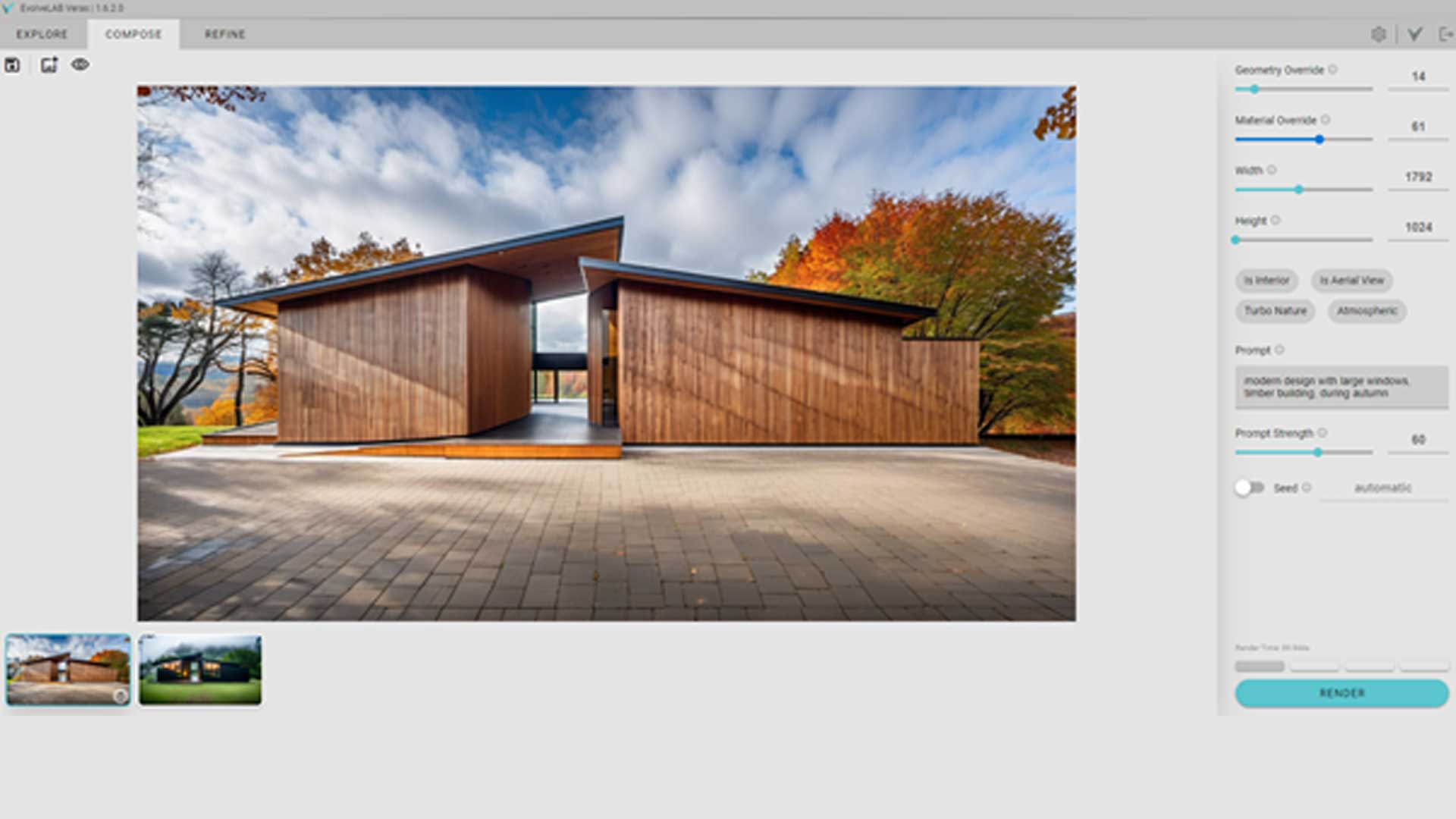
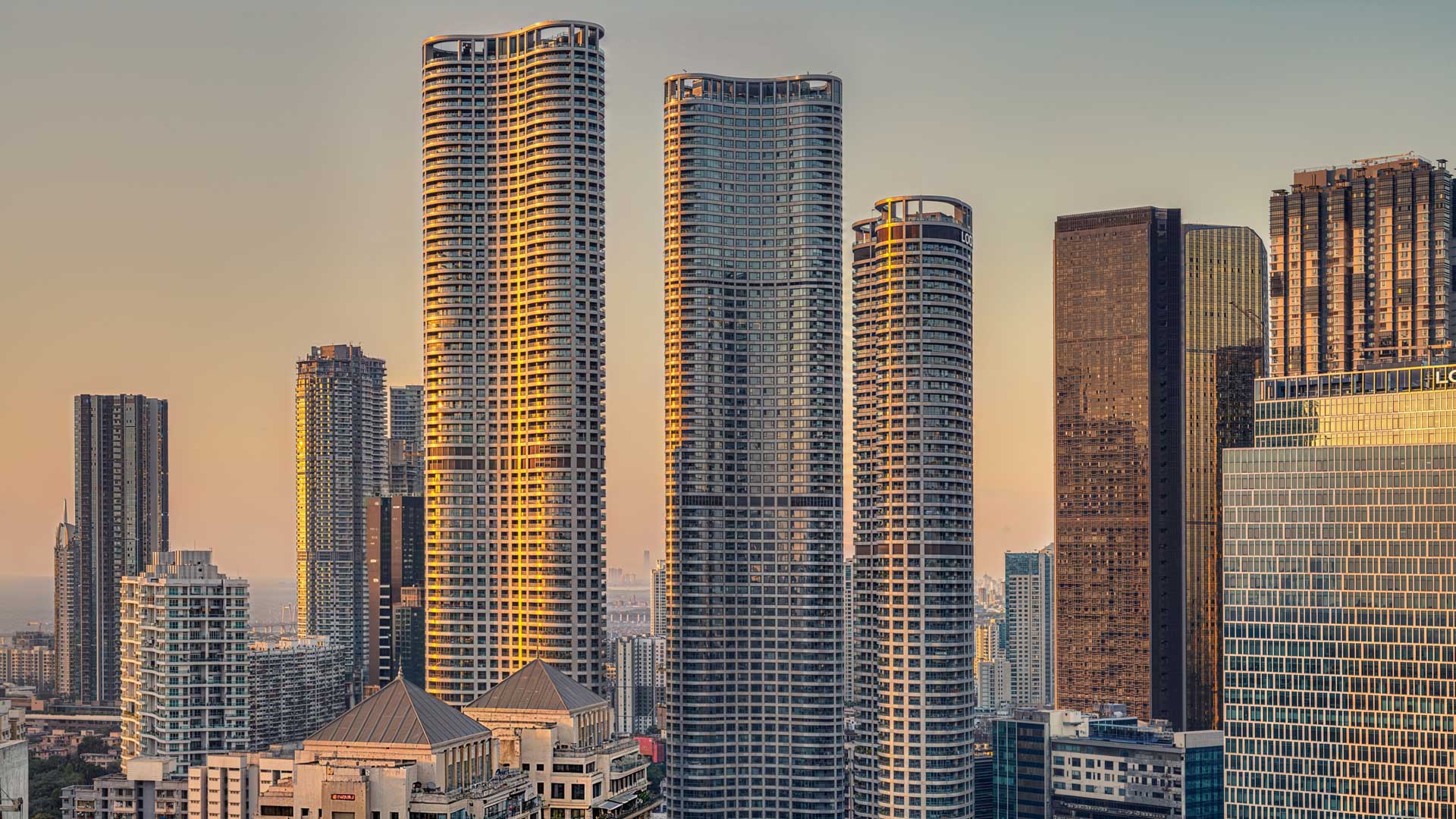
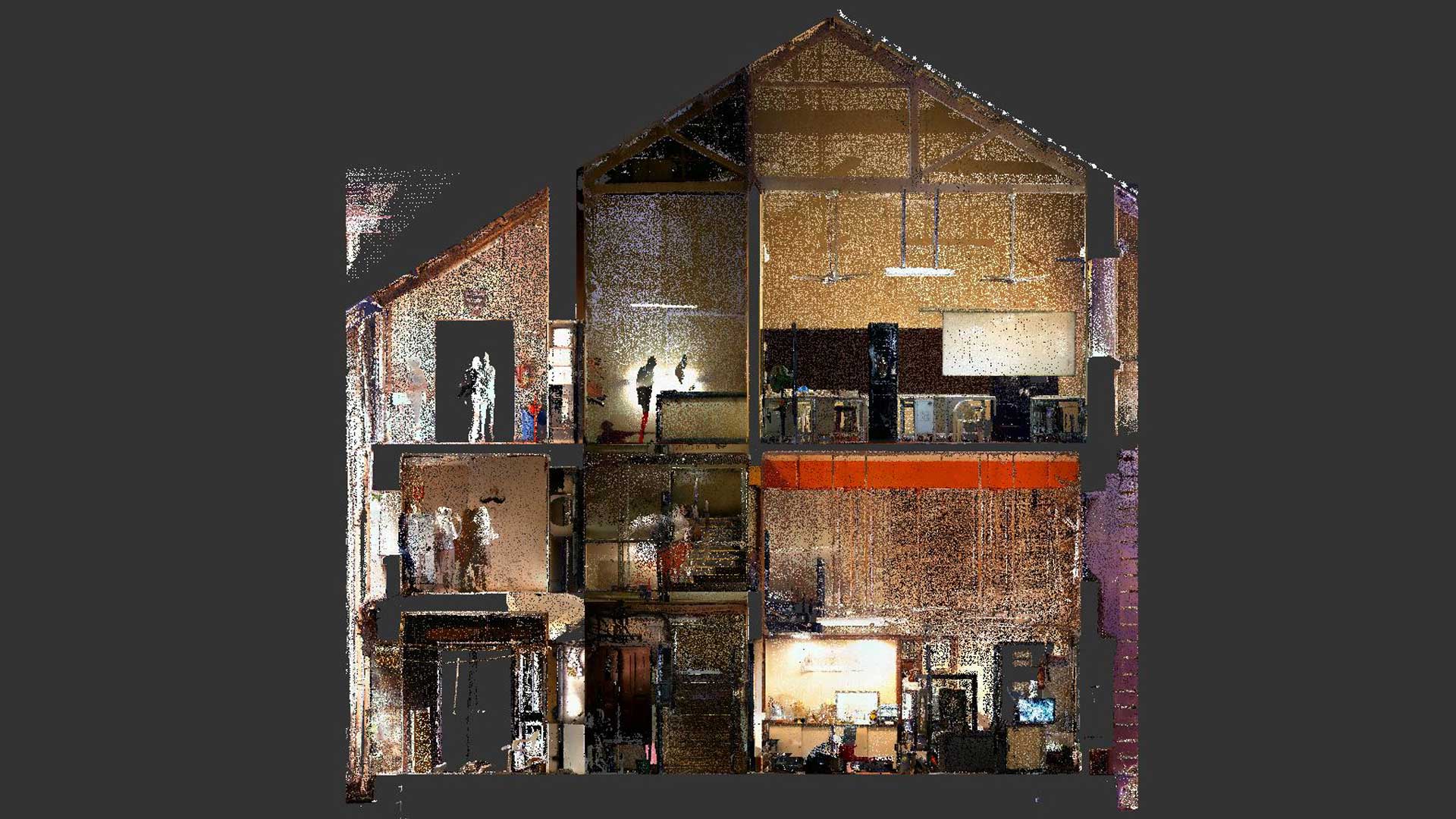
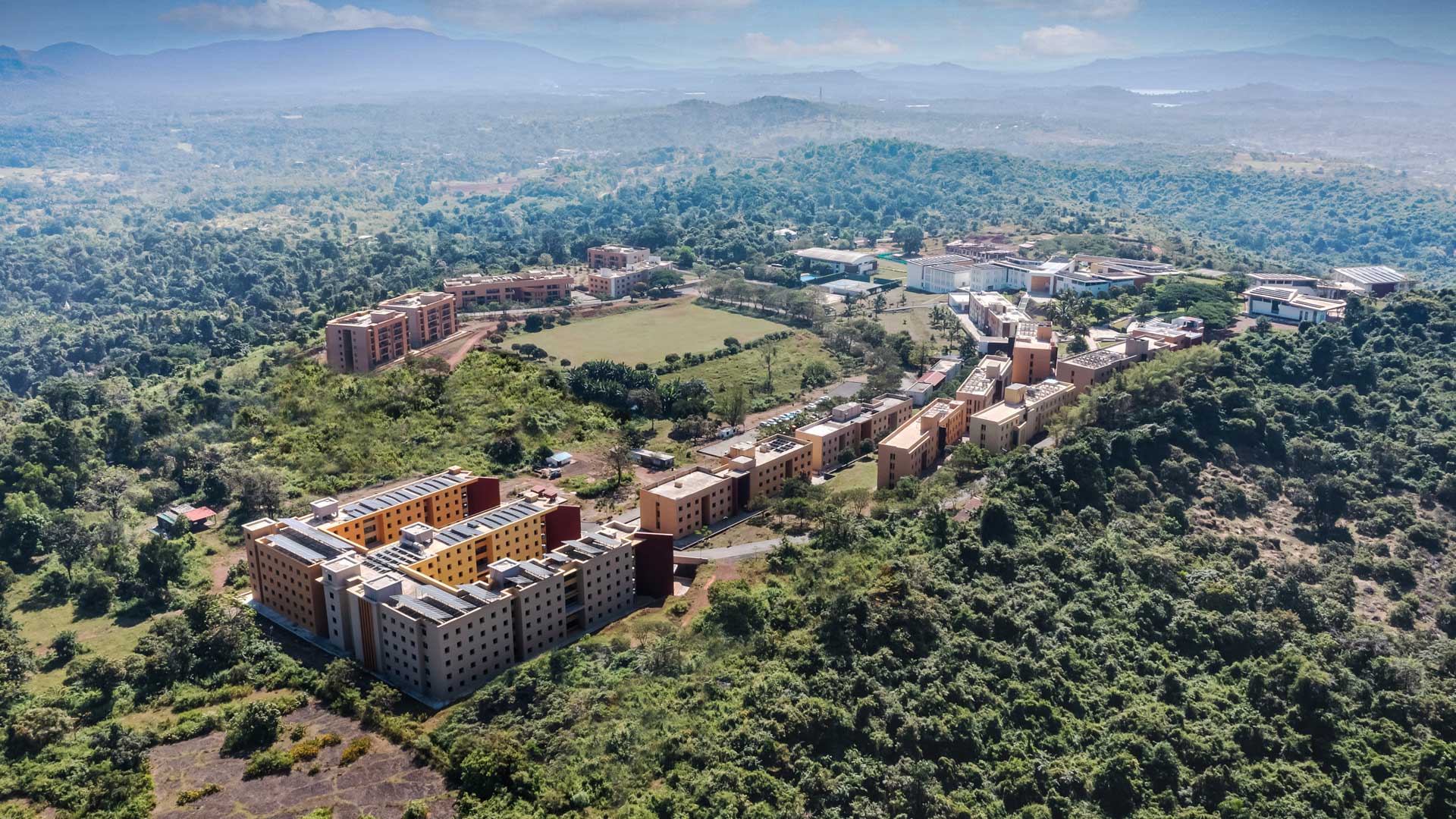
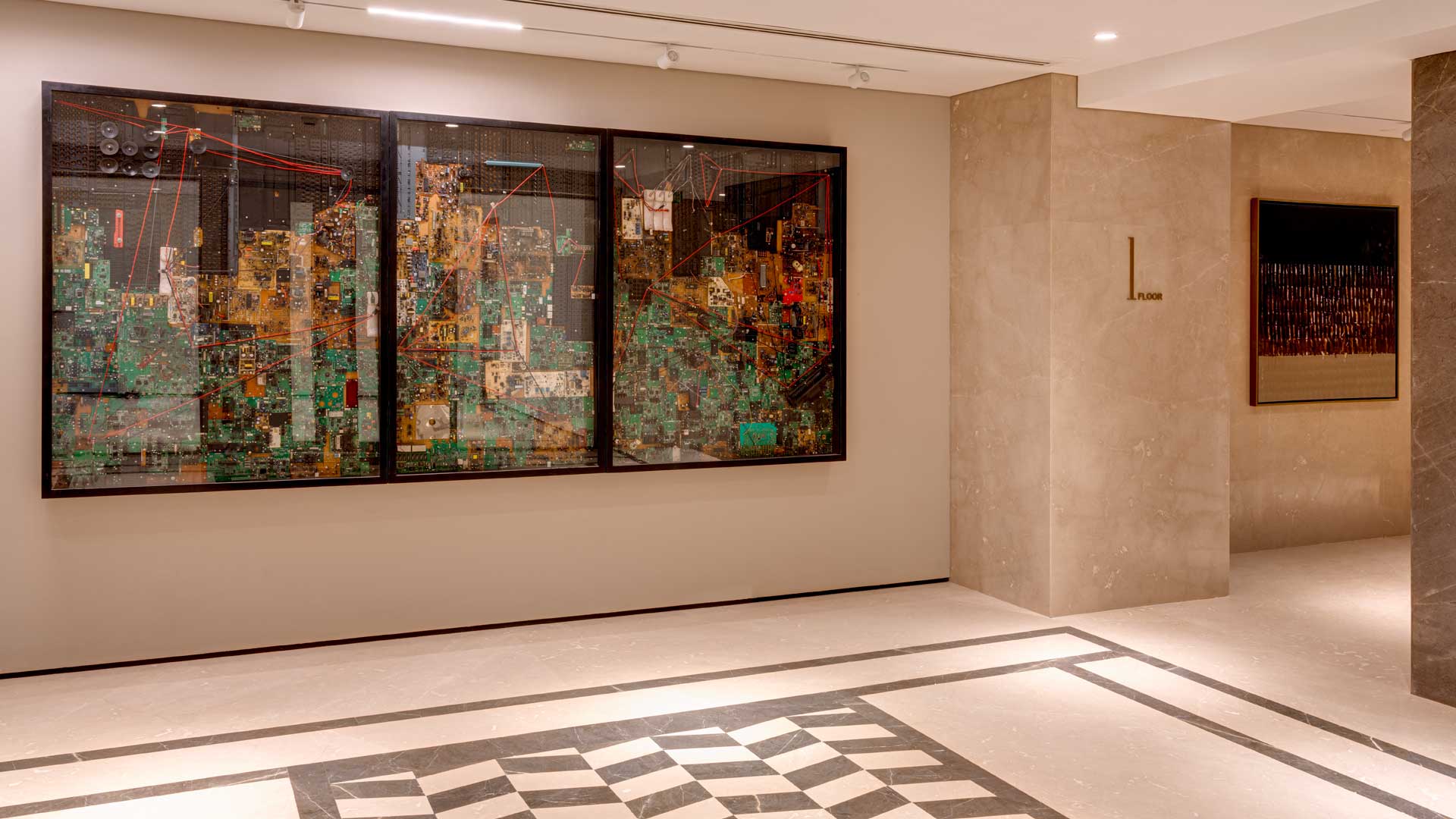
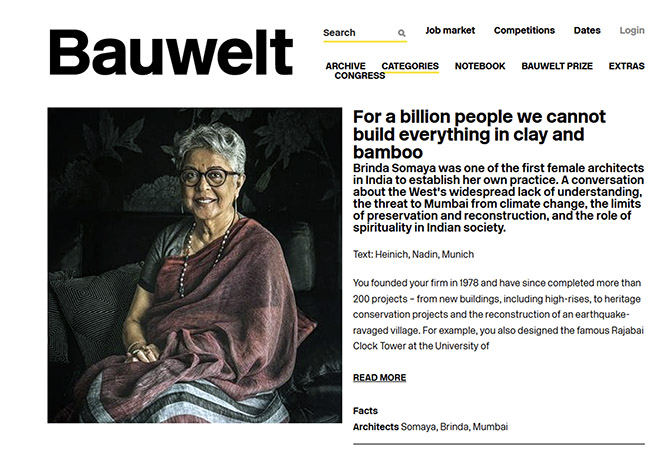
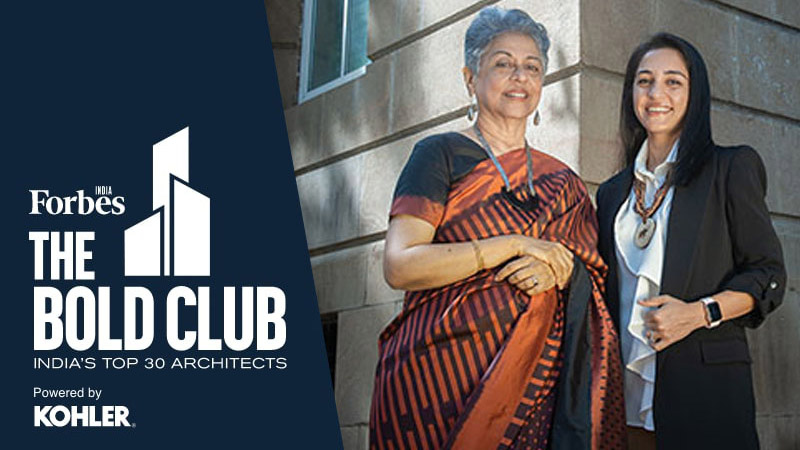

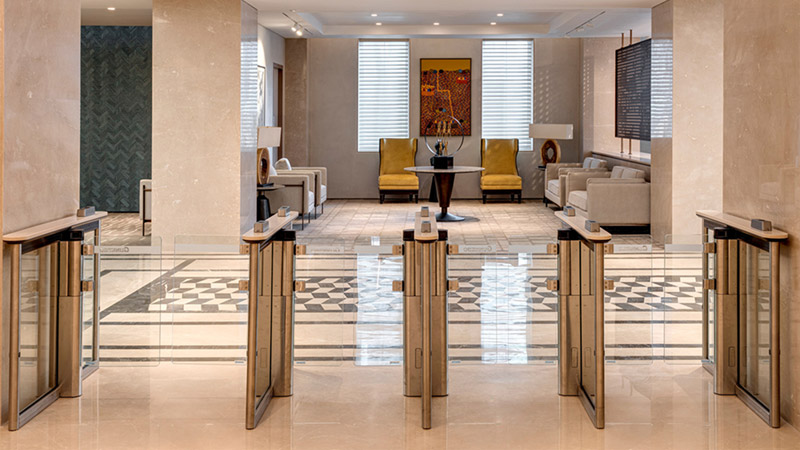
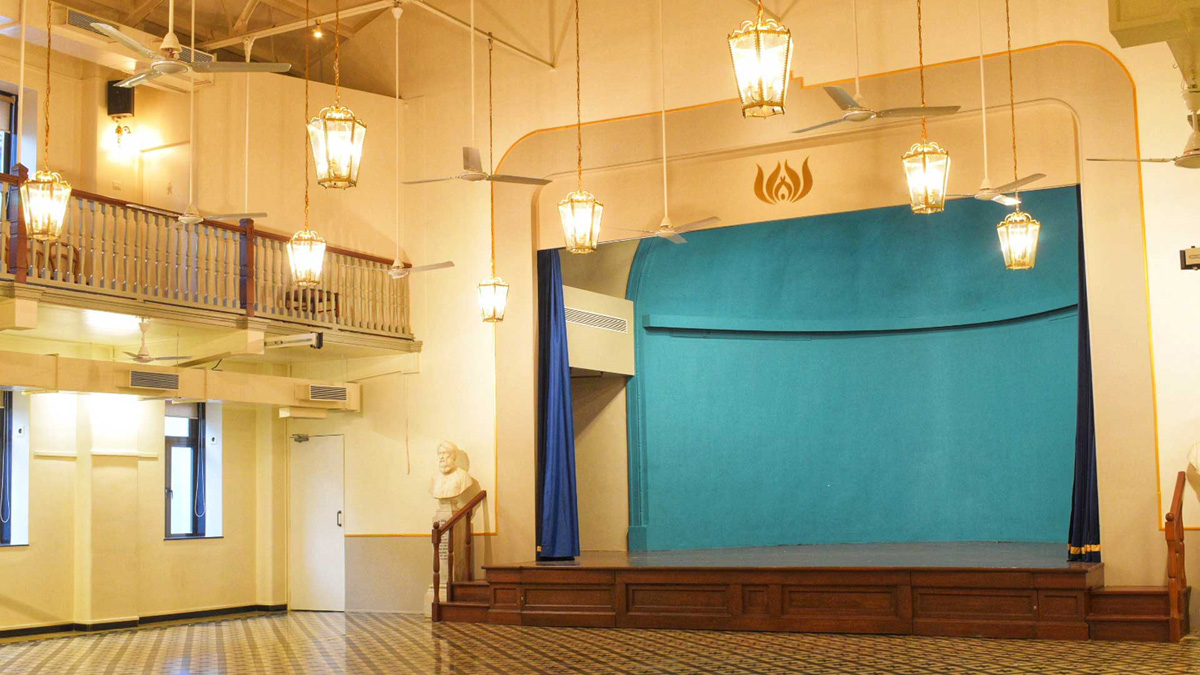
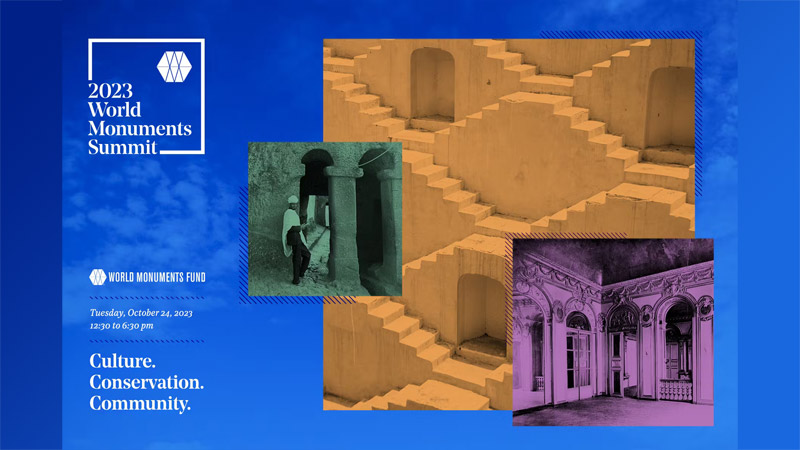
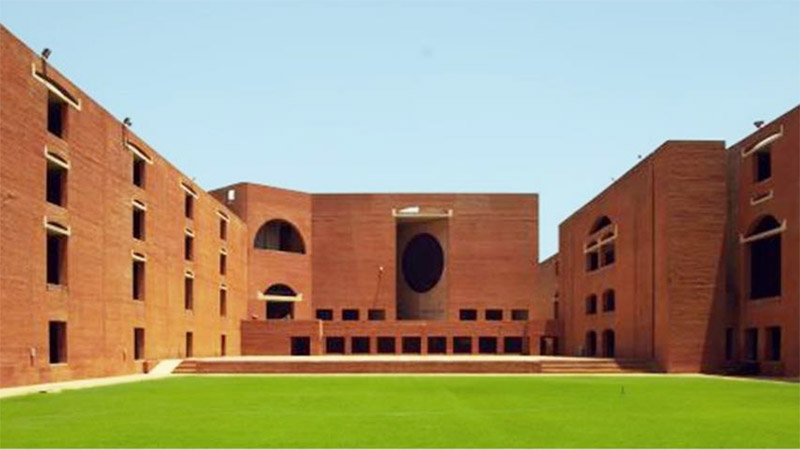
.jpg)
